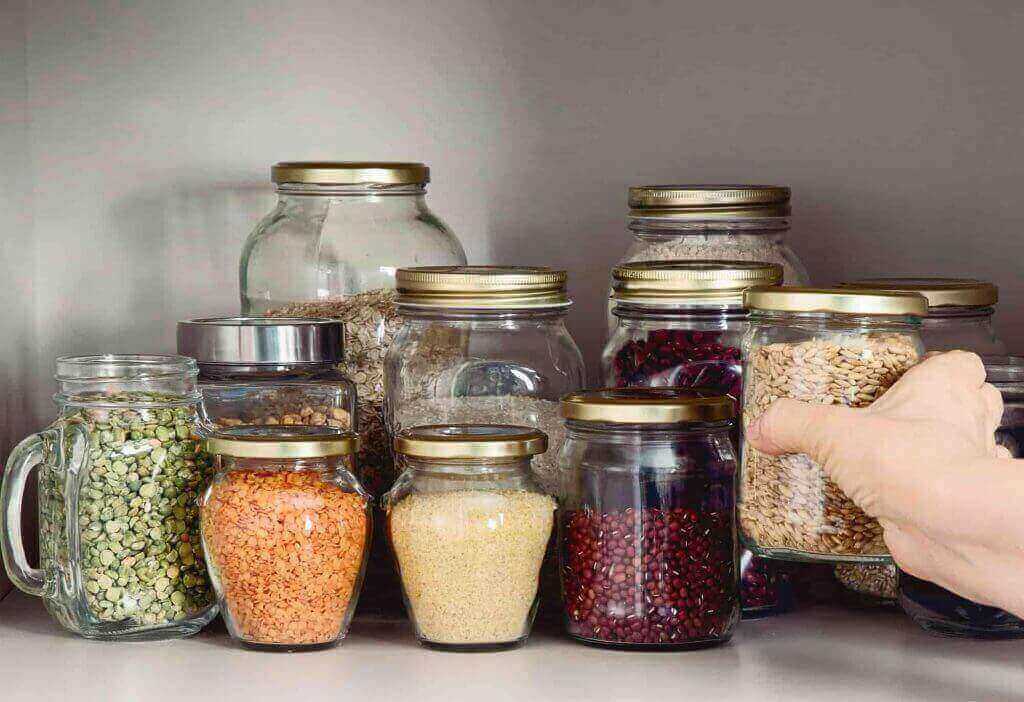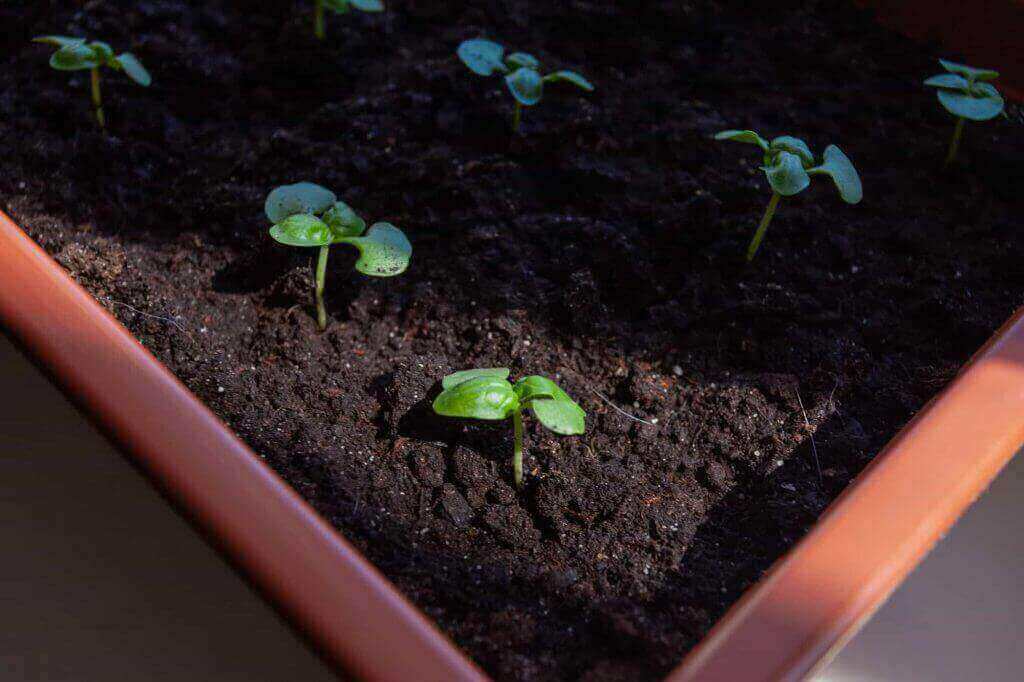👋 Click the mic button to talk to Alfred, the Todd's Seeds Gardening/Sprouting Expert – Feel free to ask him anything!
Ask Virtual Todd Anything - Click the Mic
What Are Sprouts
Sprouts and microgreens are very small plants similar to the green spots specked on your lawn. They can be grown from almost any plant but are harvested very early in their germination. This early harvesting makes them more nutritious than the fully grown plants.
Once only used as garnish, these mini plants have become a popular source of nutrients. Today they are often used in salads, sandwiches, or as a side dish. They can however be integrated into a meal or as the base for a juice or smoothie.
As well as being nutritious, the growth in popularity of these young vegetables is due to their ease in growing. Many people today grow their own sprouts and microgreens in their homes. Not just because it is easy but also because it is relatively cheap to do so. As both these types can easily be grown at home, many people have even opened a business to sell what they grow.
Whilst microgreens businesses are perhaps more popular than sprout businesses, details of how to grow microgreens are already available online. Those instructions include some of the less known microgreens, like Amaranth, as well as better-known varieties. Whilst both microgreens and sprouts are small in size, they are grown in different ways. This article concerns itself with the growing of sprouts.
Sprouts
Sprouts are the first stage of germination and can be harvested in just 2 or 3 days after planting. This means that they are very nutritious, containing all the nutrients stored inside the seeds. It also means that only quality seeds should be used. The handling and preparation of those seeds is also essential for healthy, nutritional sprouts.
Cleanliness Care of the Seed
As you might consider you are doing a form of gardening, you might not think cleanliness is important. It is, however, extremely important if you want good results. Between each batch of sprouts harvested, thoroughly clean all work surfaces and the tools you use to harvest the sprouts.
Whilst the seeds you bought from a reliable source may not be contaminated, ensure that they stay that way. Sterilizing your equipment before each new crop will assist in you harvesting healthy new sprouts.

Properly Storing the Seeds
Even if properly stored the shelf life of different types of seeds for sprouting can vary. The shelf life of seeds should be marked on their packaging. Most seeds however have a shelf life of between 3 and 5 years.
Basically seeds should be stored in a cool, dark place which has low humidity. Freezing seeds can extend their shelf life but the humidity is too variable for regular refrigeration. If you do freeze your seeds they will not need to be thawed. However, immediately return to the freezer any unused seeds.
Seed Prep
Even when you buy sprouting seeds from a reliable source some contaminants are occasionally present. It is, therefore, best to clean the seeds before soaking.
Soaking your Sprouts
Dry seeds are dormant until they are able to absorb water. This means that the seeds will absorb a lot of water in order to begin the process of germination. It is worth noting you cannot use too much water as the seeds will only absorb a certain amount. However, 2 or 3 times the volume of water to the volume of seeds should be sufficient.
Different types of seeds need differing soaking times, varying from 20 minutes to 12 hours. You can check the seed package for individual soak times. No seeds will need to be soaked more than once but will not germinate if left in water too long.
Rinsing Sprouting Seeds
Rinsing along with draining is perhaps the most critical aspects of successfully growing sprouts.
Just as gardens will flourish after a rainfall, sprouting seeds will also flourish from the oxygenation a good rinse creates. For rinsing purposes cool water should be used and a high water pressure, although your faucet turned on full should suffice.
Draining the Sprouting Seeds
Although rinsing the sprouts is essential, equally essential is draining off all the water used to rinse the seeds. This does not mean that you should skimp on the rinsing as it is the oxygenation the rinsing creates that is essential. The amount of extra water plays no role. This means the seeds need to be rinsed and drained twice a day for the best results. Having drained the seeds they should be dried as best as possible.

Air Circulation of the Sprouting Seeds
All sprouts need to breathe air in order to grow. Keeping them inside a cupboard will therefore not permit them to grow as they should.
If the weather outside isn’t too cold (over 60°), that would provide the best air circulation. If kept inside, use a fan to keep the air circulating effectively.
Light Requirements for Sprouts
Whilst light is essential for the growing of microgreens and regular vegetables, it is not an important factor for sprouting. Light enables photosynthesis which gives microgreens and other vegetables their green color. Sprouts however can be enjoyed in a multitude of colors and still be nutritious.
Conclusion
Just like growing microgreens, sprouting can be easy even if growing in large quantities for business purposes. A sprouting business can have very few initial costs and a quick return on expenditure.
The important factors to remember are:
- The seeds need to be high quality and specifically for sprouting
- Oxygenation by rinsing is essential for good healthy sprouts
- Cleanliness of your workspace and equipment along with good air circulation will pay dividends in the quality of your sprouts.
You can also watch the video version of this article below.
Subscribe to our channel for more gardening and sprouting videos: Todd’s Seeds Youtube Channel